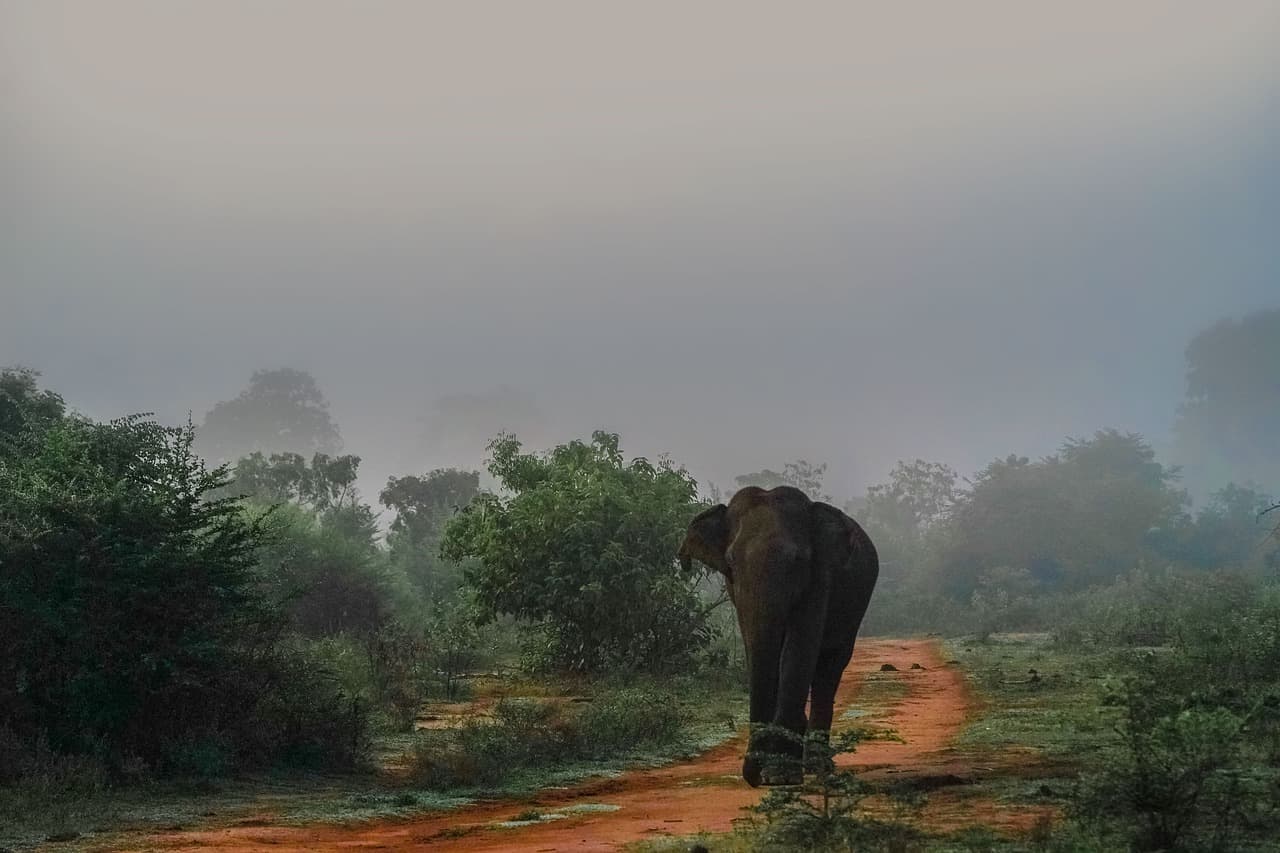India’s wild elephants need plenty of roaming space, but space is what they are increasingly lacking.
India’s wild elephants need plenty of roaming space, but space is what they are increasingly lacking. The jumbos are constrained to just 3% of their former range, warns the World Wide Fund for Nature, and this sad state of affairs has led to a marked increase in elephant-human conflicts.
In the latest deadly encounter, which took place last week, an enraged elephant trampled an elderly local woman to death at a village near the Dalma Wildlife Sanctuary in the eastern part of the country.
“Maya Murmu was collecting water from a tubewell in Raipal village when she was attacked by a wild tusker who strayed from the [wildlife reserve],” an Indian news agency reported.
“The elephant trampled her, following which she was taken to a hospital where she succumbed to her injuries,” the news report elucidated. “In the evening, when the family members of the deceased were performing her last rites, the tusker arrived there suddenly and took the corpse from the pyre.”
The jumbo proceeded to trample the woman’s corpse, before lifting it up and throwing it away in a fury. The animal then fled back into the forest.
Why the elephant felt so enranged by the villager remains a mystery, but what isn’t a mystery is that human-animal conflicts in India are set to worsen in coming years as wild animals like elephants and tigers continue losing even more of what’s left of their natural habitats.
Some 27,000 elephants remain in the wild of India and hundreds of people have been killed in recent years by elephants while several hundred jumbos have perished in retaliatory attacks.
“When elephants and humans interact, there is conflict from crop raiding, injuries and deaths to humans caused by elephants, and elephants being killed by humans for reasons other than ivory and habitat degradation,” WWF notes.
“Elephants cause damage amounting from a few thousand dollars to millions of dollars. Every year, 100 humans (in some years it may be 300 people) and 40-50 elephants are killed during crop raiding in India,” the conservationist group adds.
Elsewhere too elephant-human conflicts have been on the rise. In Thailand, for one, several villagers, including Buddhist monks meditating or passing through forests in rural areas, have been killed by wayward elephants, which may have been defending their territory.
“[I]n highly fragmented landscapes, the entire population [of elephants] may be involved in elephant-human conflict,” WWF says. “In addition to these direct conflicts between humans and elephants, elephants also suffer indirect costs like degradation of habitat and loss of food plants.”
This story first appeared on Sustainability Times
Photo: Pixabay/VisionPics
© 2022 Sustainability Times.
This article is licensed under a Creative Commons Attribution-ShareAlike 4.0 SA International License.












